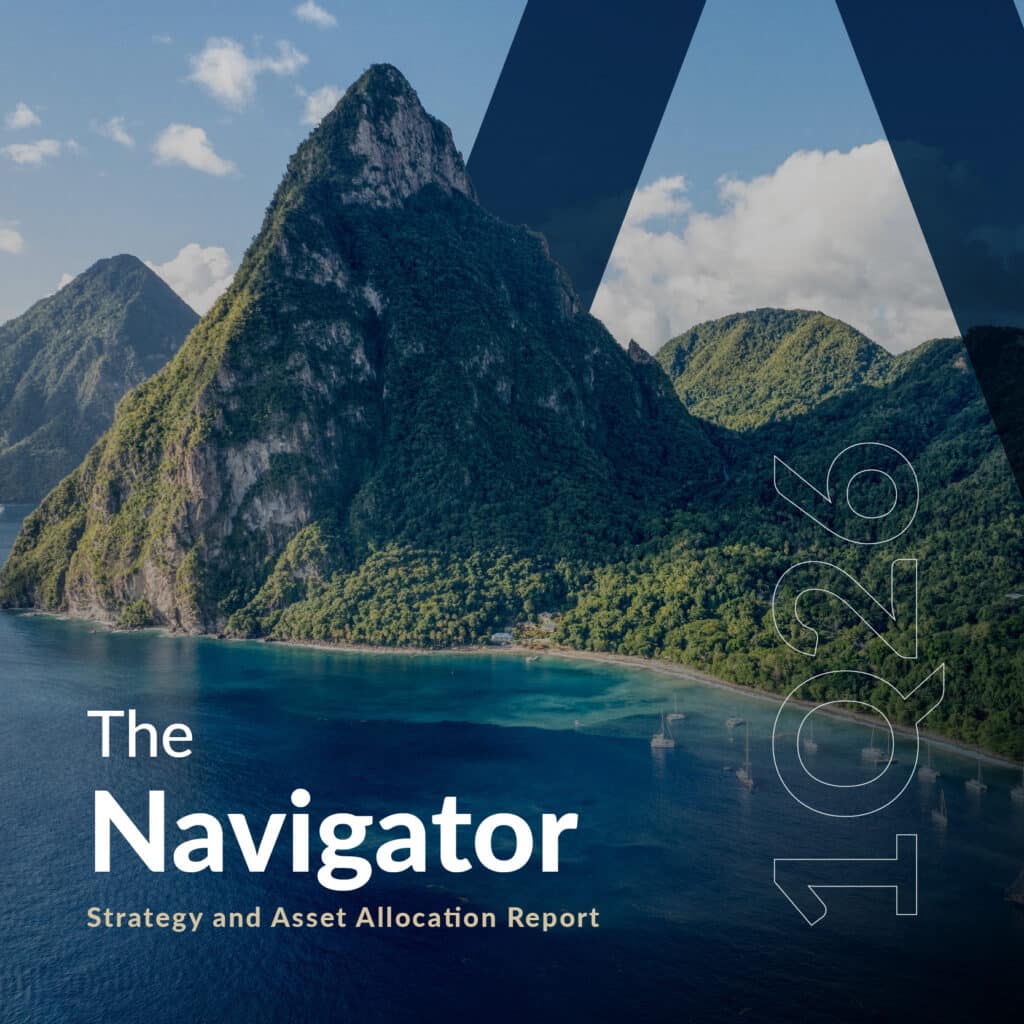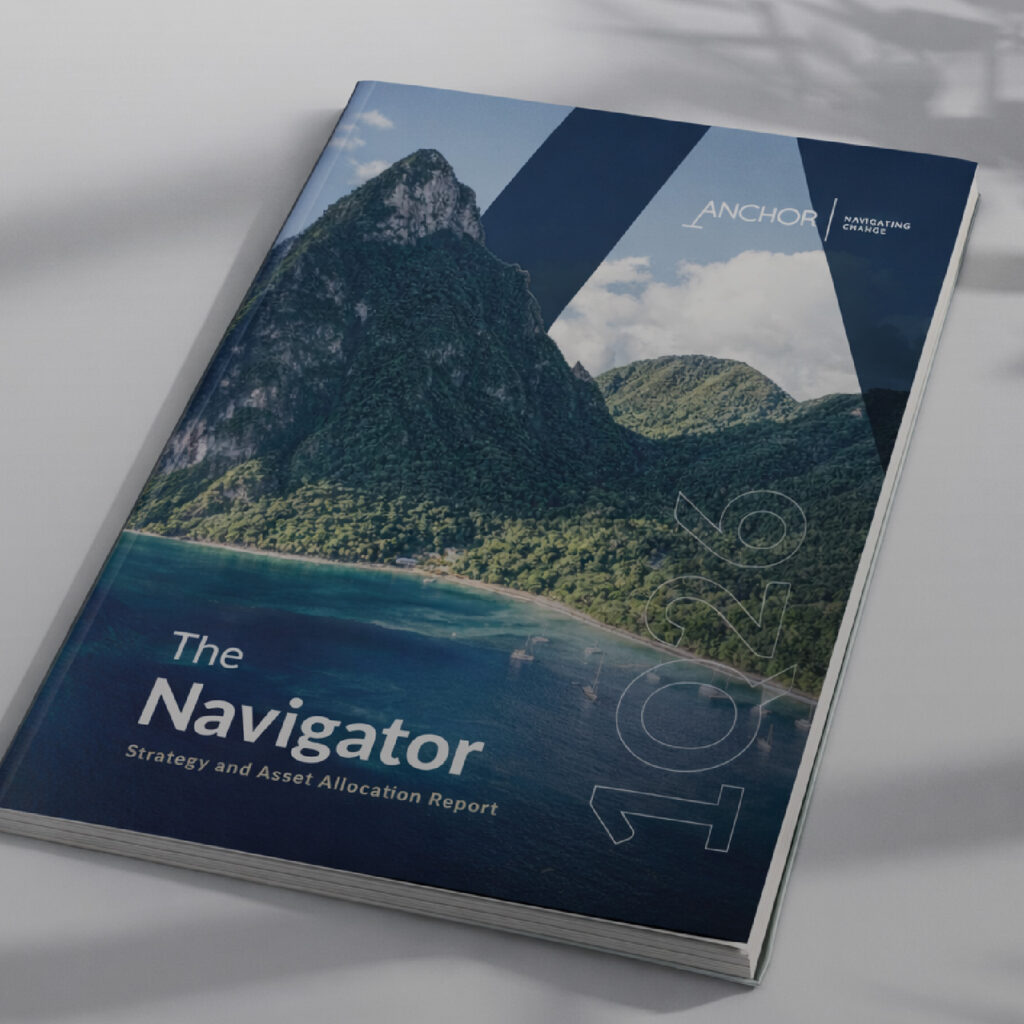On 30 October, South Africa’s (SA’s) Minister of Finance Enoch Godongwana will deliver the 2024 Medium Budget Policy Statement (MTBPS). The MTBPS plays an important role by providing a mid-year review of fiscal performance around the targets set in the February Budget, noting any reallocations or adjustments to spending that have become necessary since the Budget was approved. Additionally, it recalibrates the Medium Term Expenditure Framework (MTEF), offering insight into shifting priorities and their impact on fiscal planning. The 2024 MTBPS is being presented amid a moderately improved economic outlook and the establishment of the Government of National Unity (GNU), which has pledged its commitment to prudent fiscal policy aimed at stabilising debt. Notably, this will be the GNU’s first comprehensive fiscal policy statement, just over 100 days into its tenure.
From April to August 2024, revenue collection has grown by 18.8%, reaching R767bn – 42.3% of the annual budget estimate and notably higher than last year’s 38.0% collection rate over the same period. Total main budget revenue, including non-tax revenue and adjusted for National Treasury’s classification of net Gold and Foreign Exchange Contingency Reserve Account (GFECRA) receipts as revenue, is up 3.6% YoY in the first five months, against a full-year target of a 5.4% increase. However, tax revenue has grown by only 4.3% YoY, below the 7.0% YoY growth target. Major tax categories, particularly value-added tax (VAT), are underperforming, with VAT showing growth in domestic collections but a drop in import VAT. Corporate tax revenue has declined by 2.2% YoY, reflecting lower profitability among South African businesses due to the challenging economic conditions faced by households and businesses alike. Most revenue growth has come from personal income tax, which is up 11.7% YoY, driven by higher employment, wage growth from recent settlements, and improved tax compliance.
On the expenditure front, fiscal outlays are tracking close to projections, currently at about 48% of the budget estimate, with no significant deviations expected. Public sector wages have increased by 4.7% this fiscal year, which is in line with inflation estimates at the time. This trend reflects positively on the government’s approach to containing wage growth within inflationary bounds, which supports effective medium-term expenditure management. A key issue is the funding plan for the ESKOM subsidiary, the National Transmission Company of South Africa (NTCSA). Treasury has indicated it will seek alternatives to taxpayer funding. As for the National Health Insurance (NHI), its implementation appears unlikely in the medium term, given the ongoing lack of political consensus. In the absence of any significant spending surprises, total expenditure is expected to come in below budget. As a result, we anticipate the National Treasury will slightly exceed its 2024/2025 main budget deficit target of 4.3% of GDP, with current projections indicating a main budget deficit of around 4.1% of GDP.
Regardless, amidst all these factors, and in anticipation of the upcoming tabling of the 2024 MTBPS, the points highlighted below form part of our wish list, or set of ideals, for this year’s MTBPS:
- A continued demonstration of the government’s intention to follow a path of fiscal consolidation with difficult actions rather than simply words.
- A credible plan that brings debt accumulation under control and where debt levels begin to come down rather than escalating at a slower pace.
- A demonstration of additional measures to improve the ease of doing business in SA.
- A credible turnaround plan for Transnet, with a priority emphasis given the state-owned enterprise’s (SOE) critical role in the greater SA economy. In a presentation to Parliament in mid-August, Transnet implied that it needs R110bn in support – clarity around the level of government assistance required is crucial.
- Further details surrounding potential liabilities of the Road Accident Fund (RAF), as well as other SOEs, which are currently in distress, including Denel, the Land and Agricultural Development Bank of SA (Land Bank), the SA National Roads Agency (SANRAL), etc.
- Detailed plans to address the financial distress of municipalities nationwide and the subsequent debt relief measures required.
- Turnaround plans for SA’s failing water boards—municipalities that owe the water boards R21bn are also seeking debt relief.
- More details of a ‘credit guarantee vehicle’ backed by the World Bank’s Multilateral Investment Guarantee Agency (MIGA) to help Eskom raise the R400bn it needs for expanding the country’s transmission network
- Clarity surrounding the future of the Social Relief of Distress (SRD) grant – will it finally be formalised into a basic income grant? Will the benefit level be raised?
- Continued resistance to pressure to further expand the social safety net.
- Clarity around the proposed NHI and the required funding sources.
- An update on SA’s progress towards exiting the Financial Action Task Force’s (FATF) grey list.
Whether any of the abovementioned wish list items will come to fruition remains to be seen. Plenty of other fiscal-related issues also need to be addressed, and this list is by no means exhaustive. Interestingly, the abovementioned points are relatively unchanged from the wish list we released before the 2023 February Budget and October 2023 MTBPS – indicative of the many uncertainties and unanswered questions in SA’s fiscal space.
Overall, reining in new expenditure pressures is key, as is making savings, avoiding wastage, inefficiency, and inappropriate spending, focusing on economic growth-creating initiatives, and spurring the rapid repair of the electricity sector. Whilst the economic outlook is improving, driven by reduced political uncertainty and strong fundamentals, structural challenges, particularly in logistics, continue to pose risks to growth. Looking forward, achieving more robust economic growth will rely on the effective implementation of structural reforms.




